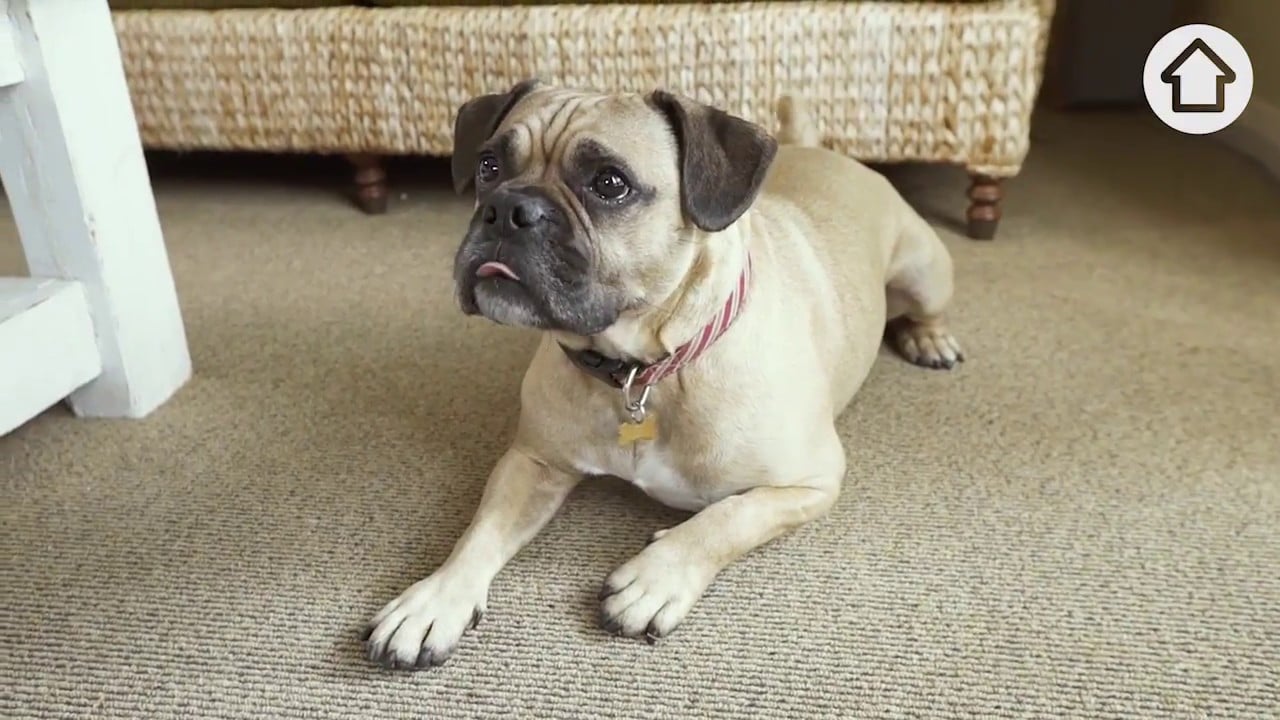Looking after your dog’s teeth!
Every morning and every evening, we are told we need to brush our teeth; the importance of oral hygiene is taught in schools and passed down from mother and father to daughter and son. og, like humans, need their teeth cleaned to avoid dental disease.
Unfortunately, because many people don’t brush their dogs’ teeth, the plaque builds up, and it is very common for dogs to suffer from dental disease.
A lot of pet insurances won’t cover teeth, especially if they haven’t been brushed and taken care of, which as a result, will lead to an expensive bill.
Cleaning your dogs’ teeth
Whilst cleaning your dog’s teeth is an easy thing to do, I would recommend asking your vet to show you the best way for the bread of dog you have
When brushing the dogs’ teeth, getting them used to this feeling from day one is best. Start with your finger, and as they get used to the feeling, you can slowly introduce the doggy toothbrush. Please do not use a human toothbrush as it is harmful to dogs.
After a few weeks, this will be a perfectly natural activity for your dog and will accept as part of their regular grooming.
Please make sure you buy a special doggy toothbrush for brushing their teeth as human ones are not suitable, plus they are designed to slip over your finger. If you do not have a doggy toothbrush, you can use a gauze wrapped around your finger with your doggy.
Signs your dog has dental or gum disease
As with humans, dental disease is usually caused by plaque building up over time.
Below are a few signs to look out for
- Bleedings gums
- Deposits on the teeth
- Bad breath
- Refusing to eat due to being painful
- Teeth turning a strange colour then eventually falling out
If you notice your dog showing any of the above symptoms, then please get in touch with your vet for advice
Fractured teeth
Because dogs explore the world with their mouths by chewing things, they can accidentally end up chipping a tooth. This could be because they have chewed a stone or a large bone.
If your dog starts whimpering, leaving signs of blood on his chews, refusing to eat or pawing at his mouth, then any one of these is a sign that he has something wrong with his teeth, and you consult a vet.
Dental disease treatment
Your vet will carry out some tests, including x-rays and then will be able to advise you what treatment is required. This could include the removal of the offending dog tooth.
If you are lucky, it will just be a case; the dogs’ teeth may need professional cleaning and descaling just like humans.
Healthy teeth maintenance
Whilst brushing your dogs’ teeth as part of the grooming routine will make a big difference, diet also plays a big part.
Kibble – giving your dog dry food is the first step to dental hygiene.
Safe bones – Dogs love chewing. Their teeth can be kept healthy by simply giving them a plastic bone to chew, such as a nylabone. Here is an article on the 7 safe bones
Dental chews – You can also purchase dental sticks, which are supposed to help keep their gnashers nice and shiny. As well as dental sticks, other supplements that you can add to your dogs’ food are also available.
Feeding bones to your dog
This is a bit controversial subject, depending on who you speak to. Raw bo s are generally fine to feed your dog and help clean your dog’s teeth. However, like anything you give them to chew, you should keep a close observation, so they don’t choke on them.
As I hope you are aware cooked bones should be avoided as they can splinter inside the dog and possibly cause internal damage
As with all advice on my blog, if you are unsure, please speak to your vet.
Below are a few other blog posts that I think you might like


